Tanto vs Katana: The Samurai Dagger and Sword Differences
NO AI USED This Article has been written and edited by our team with no help of the AI
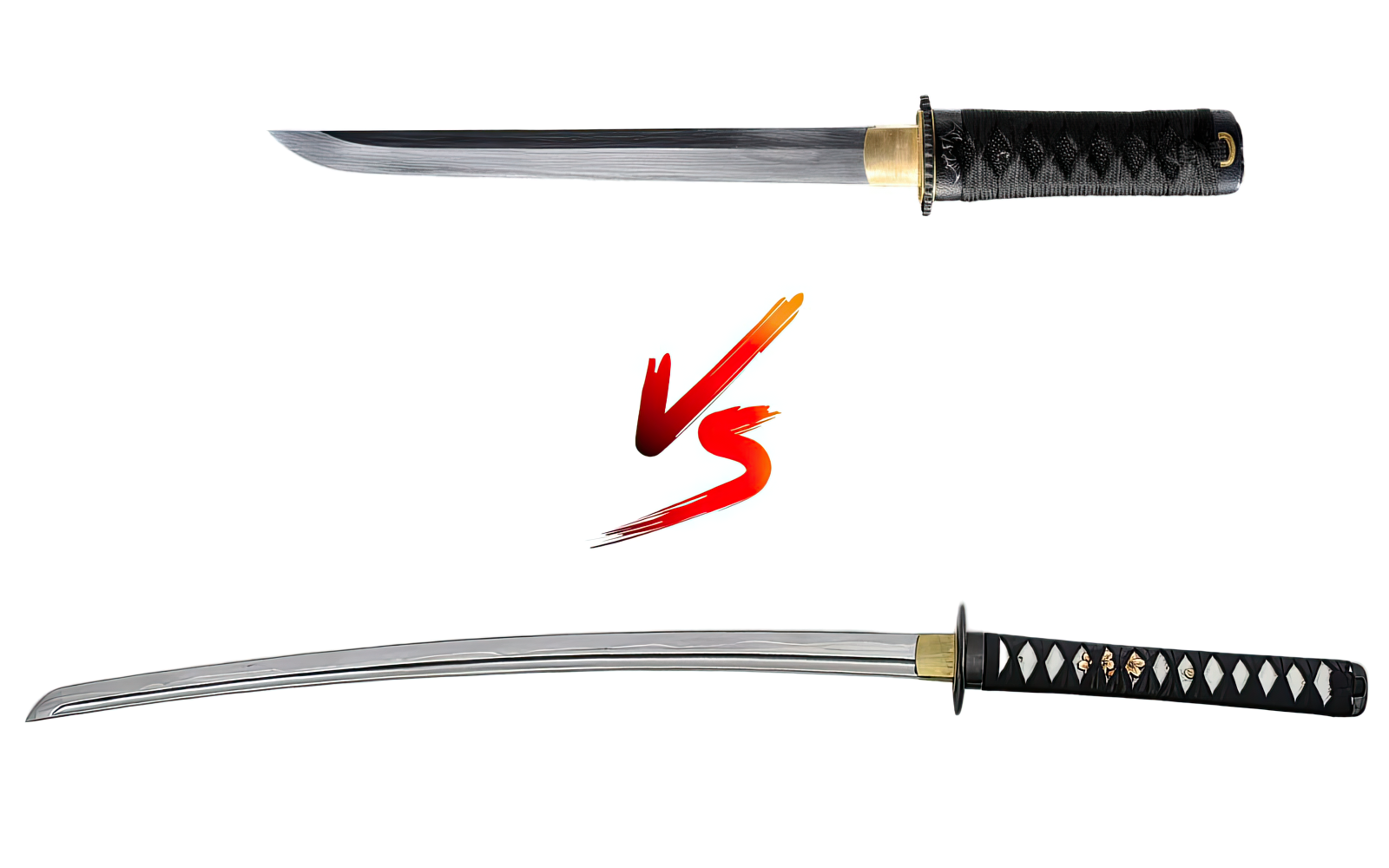
Both the tanto and katana are famous Japanese blades once used by samurai warriors, each embodying the craftsmanship and martial tradition of these legendary warriors.
This article explores the tanto and katana, their distinct characteristics, uses, cultural significance, and determining which is superior in battle.
What is the Difference?
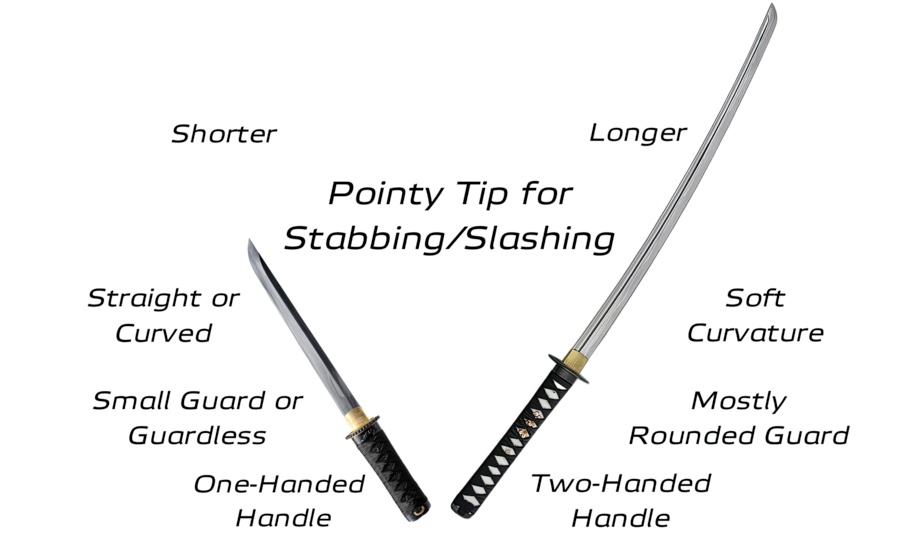
The terms “tanto” and “katana” in Japanese translate to “short blade” and “sword” respectively. Both carried by the samurai, their primary difference lies in their size and design.
The tanto usually measures between 6 to 12 inches (15 to 30 cm) and is more a dagger or knife rather than a sword. It can either be slightly curved or straight, designed for stabbing and thrusting.
Meanwhile, the katana is a two-handed, single-edged, curved sword with a blade length of more than 24 inches (60 cm) or Japanese 3 shaku. Considered as daïto (Japanese longswords), their design is ideal for powerful slashing attacks.
Blade & Handle
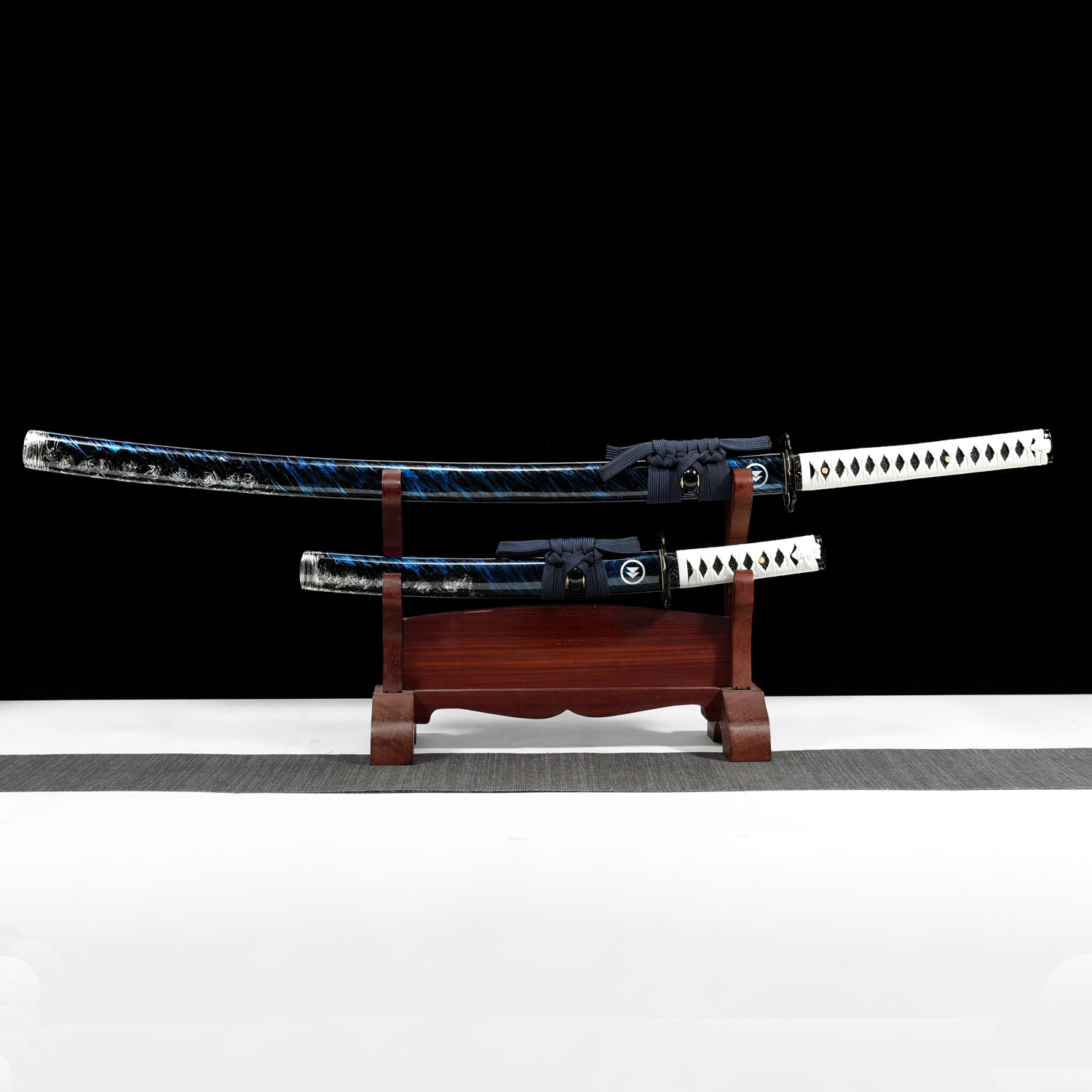
Tanto daggers can differ in design, with straight or curved blades that can have several profiles including hira-zukuri, moroha-zukuri and yoroi-toshi zukuri.
Its handle wrap can be the same as the katana or feature a full rayskin or wooden design. While some are made for actual hand-to-hand combat known as hamidashi, others are made for a stealthy approach known as aikuchi.
Commenting on the tanto, Stephen Turnbull, a British historian with a focus on Japanese military history, says, “the 5.9 to 12 inches (15 to 30 cm) blade was designed for stabbing instead of cutting, possessing a thick blade for maximum penetration.”
Comparatively, the stronger curvature of katana blades tend to have a shinogi-zukuri profile. Their longer two-handed handles tend to be wrapped in a specific diamond pattern and feature a tsuba (handguard).
Style of Carriage & Scabbard
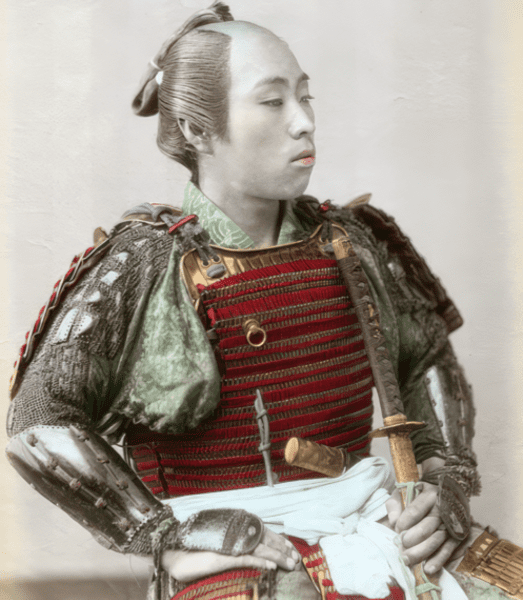
Sheathed in its scabbard, the tanto can be carried on the waist or tucked in the belt or concealed in the long sleeves of a kimono.
Like the tanto, the katana is also carried in its scabbard on the waist, tucked using the obi (belt) with its edge facing up. This allows for a quicker draw and attack in a single motion.
Combat Preference: Tanto vs Katana in Combat
Since the tanto is merely a dagger while the katana is a long sword, the katana is the superior weapon in a duel due to its longer reach, more powerful strikes, and versatility in both offense and defense. Used as a sidearm in battle alongside the spear, polearm, bow, and rifle, the katana is primarily used for slashing strikes using its edge and strong thrusts with its tip.
When is the Tanto Better?
Although the katana has many benefits, the tanto excels in close quarters due to its compact size. This also means it can be easily concealed.
As Seki Sensei, a Japanese martial arts expert, says, “You would keep this inside your kimono and wrapped with cloth around the body and drawn by removing the sleeves.”
The short blade and pointed tip also allows for stronger thrusts and exploiting gaps in armor when grappling.
Historical Significance
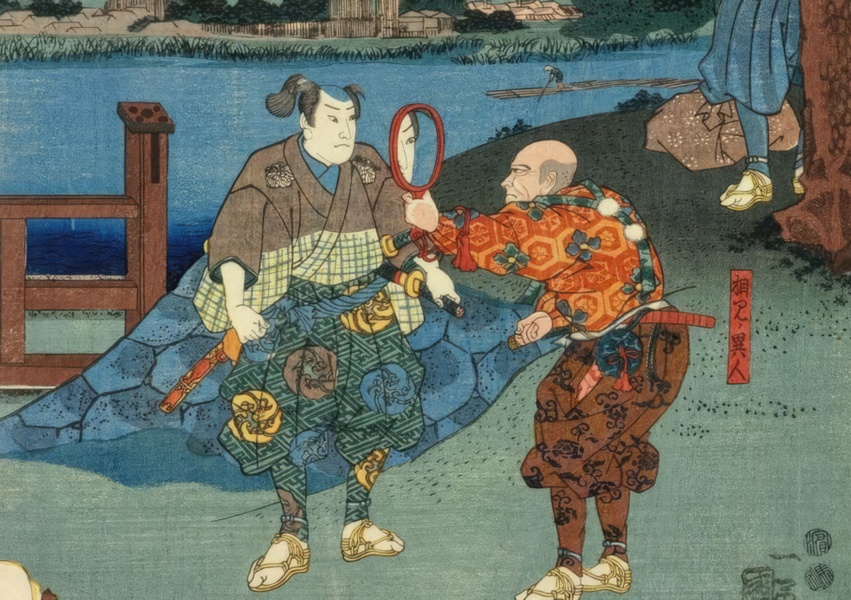
The tanto originated during the Heian Period (794-1185 CE) and was used alongside the tachi, a sword that preceded the katana. Initially, the tanto served as a sidearm for battle and self-defense but was eventually replaced by the slightly longer wakizashi. Despite this, it remained culturally significant due to its use in rituals such as seppuku (ritual suicide).
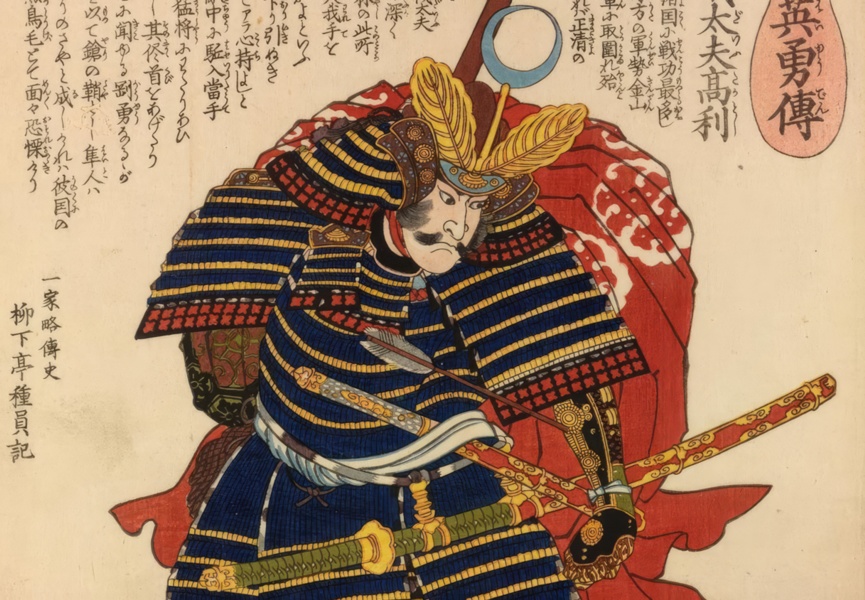
In comparison, the katana emerged during the Muromachi Period (1336-1573 CE), replacing the tachi for close combat. It symbolized the samurais’ honor and social status. Eventually, the katana grew to become Japan’s cultural symbol.

